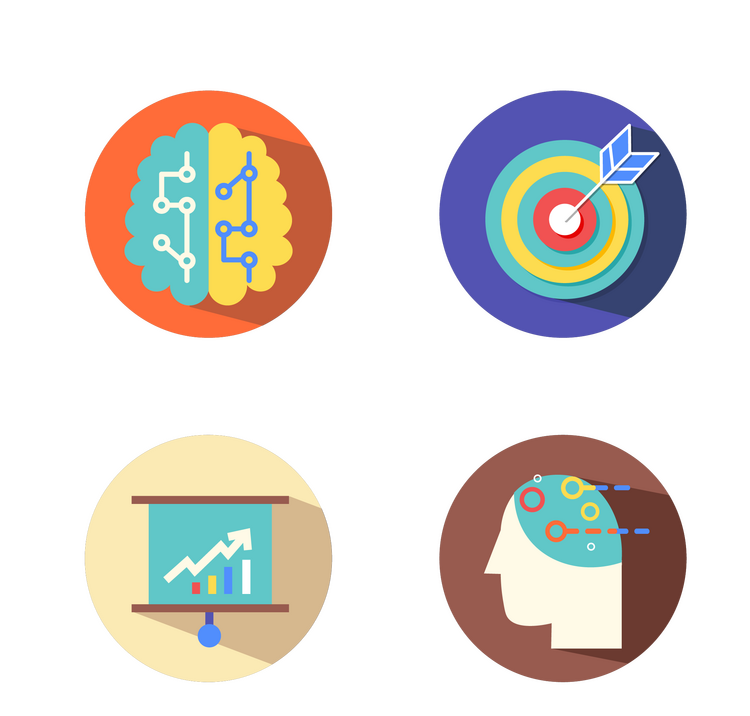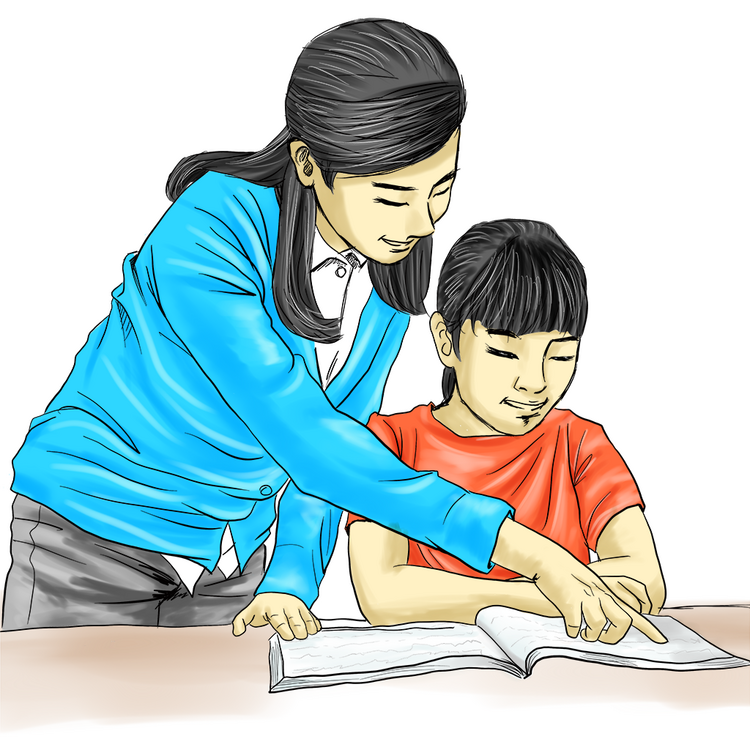Our Reach
By going deeper into the hardest-to-reach places of Nepal and other neighboring countries, Hope for Children has directly impacted the lives of over 1, 50,000 children and families so far. We aim to create a better future for 5 lakh children, their families, and communities by the year 2025 and you can help us by joining one of our sponsorship programs.
Education:
A. Empowering Children Through Education
Our educational programs focus on ensuring quality education for children living in poverty and enabling them with the knowledge and skills they need to succeed in school – and life. We provide opportunities for extracurricular activities including life skill education to equip them for the real world.
Education Extracurricular Activities Life Skills Training
Health and Nutrition
Children living in poverty are often malnourished and prone to diseases, which affects their health and capabilities. By providing yearly medical check-ups and nutritious diet programs, we ensure their good health.
Family Wellbeing
A child can enjoy a better standard of life only when the family has a steady income and a healthy home environment. Through skill training and livelihood opportunities, we enable families to break free from the cycle of poverty for good.
1. Community Empowerment
We help communities have access to clean water and sanitation and in times of crisis, we provide lifesaving assistance to help communities recover and rebuild. Empowered communities are better able to support their children’s health, education, protection, and growth, thus enabling children to build a better future for themselves.
Witness the Journey of Transformation
01. Children enjoy a higher standard of health and the incidence of common sickness is reduced over time.
02. Children are empowered to pursue their choice of education and excel in life.
03. Number of households with a sustainable income and a healthy home environment increases over time.
04. Empowered communities become responsible stewards of human, financial, and natural resources, which in turn results in sustainable child welfare outcomes







